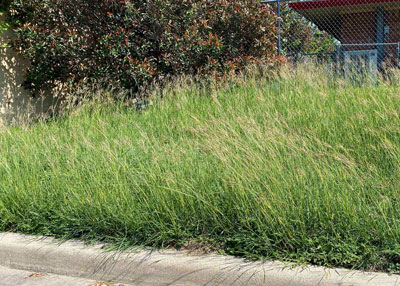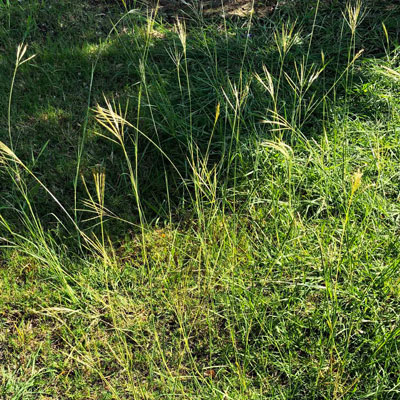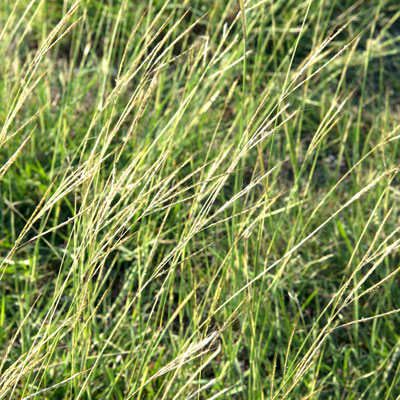KR Bluestem – grass of forage or horror?
If you Google “King Ranch bluestem” or simply “KR bluestem” and follow that up with the name of any southern Land Grant University (ag college) you’re going to find a mixed bag of matches. They’ll be equally split between ways you can grow it in pastures for forage and what you can do to eliminate it from your lawn. Actually, the matches may lean in the former direction.

It was introduced almost 100 years ago, innocently enough, as a pasture grass. Agronomists wanted to take advantage of its perennial growth and durable habits.

Unfortunately, those same attributes became detriments in urban turf. It moved from ranchlands into poorly maintained lawns, ditches, fields, parks and vacant lots. Now it’s even become an unwelcomed guest into polite society – lawns that receive good care.
Here is the problem…
When we lost MSMA as a consumer product that would kill unwanted grasses in bermuda turf without harming the bermuda we also lost our key weapon in fighting dallisgrass, KR bluestem and other perennial grasses. Anything that will kill them will also kill the bermuda.
Things you can do…
Ramp up the care you give your turf to help it fight back the invader. Here are some simple guidelines.
• Fertilize regularly. Apply a high-quality, all-nitrogen fertilizer with 30 to 40 percent of the nitrogen in slow-release form. Apply it every two months: mid-April, mid-June, mid-August and mid-October. (Shorten the intervals to 8 weeks in the Panhandle, starting in late April and ending in early October.)
• Mow low (at the recommended height for the type of grass that you’re growing) and frequently so the KR bluestem won’t be able to mature its seedheads.

• Water regularly to keep your lawn vigorous.
• Spot-treat or hand-dig localized outbreaks.
• When you have an area that’s completely overrun with the weed, spray that space with a glyphosate and start over again.
• Ask your city to mow its vacant areas and parks regularly in the fall when KR bluestem is going to seed. Many Texas towns slow down on their maintenance once we turn toward the fall, and that’s the worst thing we could be doing.
